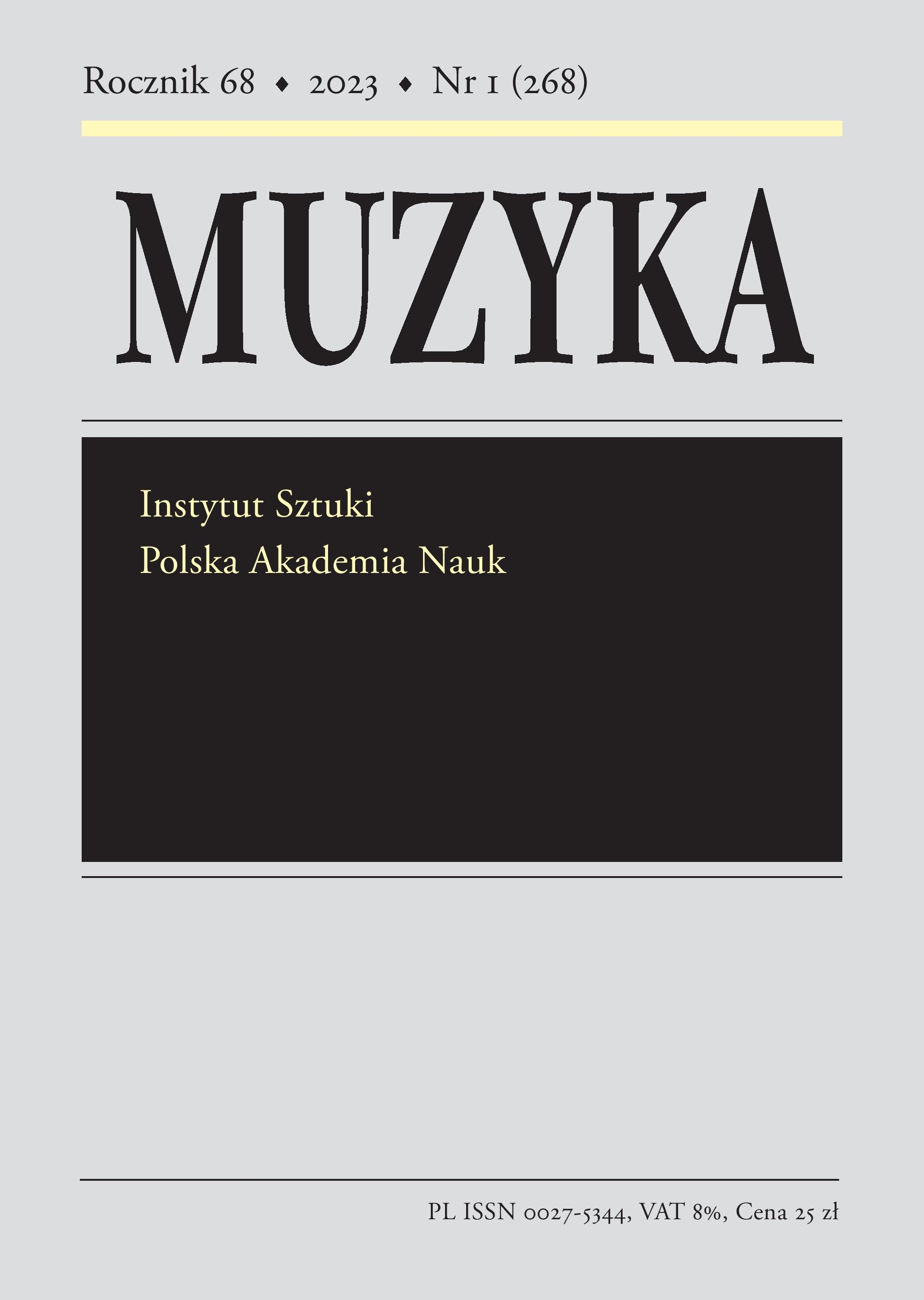The Decoration of Manuscript PL-GD Mar. F 406 in the Context of Illumination Art in Fifteenth-Century Gdańsk
The Decoration of Manuscript PL-GD Mar. F 406 in the Context of Illumination Art in Fifteenth-Century Gdańsk
Author(s): Monika Jakubek-RaczkowskaSubject(s): Music, History of Art
Published by: Instytut Sztuki Polskiej Akademii Nauk
Keywords: art of book illumination;fifteenth-century music;Gdańsk scriptorium;Dragon Bookbinder the Elder;cadels;penwork;pen-flourishing;gouche decoration;Bohemian art tradition
Summary/Abstract: This article analyses music manuscript Mar. F 406, originally from the collection of St Mary’s church in the Main Town (Rechtstadt) of Gdańsk, now kept at the Gdańsk Library of the Polish Academy of Sciences. The codex is a compilation of liturgical chants. This article offers the first analytical study of the source undertaken from the perspective of the history of art, with a discussion of the character and quality of the gouache and calligraphic ornaments. These decorations are presented in the wider context of illumination art in fifteenth-century Gdańsk. Stylistic and comparative analyses were supported by non-invasive XRF and IR examination.The physical characteristics of the volume, along with the results of parallel musicological studies (Piotr Ziółkowski and Kamil Watkowski), make it possible to present a new chronology of the manuscript’s compilation, distinguish the individual illuminators’ hands and obtain knowledge of the techniques and practice of the scriptorium in Gdańsk. The codex is thus shown to have received its present-day form in the mid-fifteenth century. It is partly an original work from that period (by two Gdańsk-based copyists), and partly a compilation of older fragments (from the late fourteenth and early fifteenth century). It was bound in Gdańsk by the elder Dragon Bookbinder (älterer Drachenbuchbinder). The first scribe-illuminator was a representative of the Gdańsk environment trained according to Bohemian models. The last three gatherings (VIII–X) remained blank until the early sixteenth century, when more chants were added by a team of copyists. The decoration in this section is the work of a single illuminator, who drew on old thirteenth-century models, as well as calligraphic patterns used in the decoration of incunabula. This section can be dated to the turn of the sixteenth century; the work of this illuminator has analogies in other Gdańsk books from the first quarter of the sixteenth century. The source constitutes a valuable example of a manuscript’s intense, long-term liturgical use. Its analysis demonstrates the need for a comprehensive study of the Gdańsk scriptorium in the second and third quarters of the fifteenth century (including illuminating and bookbinding techniques).
Journal: Muzyka
- Issue Year: 68/2023
- Issue No: 1
- Page Range: 62-92
- Page Count: 31
- Language: English

